Sifting, sorting, finding and thinking: An insight into research on microplastics in the marine environment

We’ve all seen those iconic images of plastic trash draped over reefs, or photos of dead or injured marine animals entangled or struggling in carelessly discarded debris. And who can forget the viral video of mantas swimming through a sea of floating plastic trash? You don’t need to be a genius to see that plastic is having a massive effect on our reefs and marine life.
However, the invasion of microplastics in our ocean, tiny plastic particles smaller than five millimetres, is much harder to see. It’s also hard to trace where these microplastics come from and where they end up, and the impacts these are having on our reefs and oceans.
Nevertheless, microplastics are the focus of a group of dedicated researchers at James Cook University (JCU) and the Australian Institute of Marine Science (AIMS), and microplastic research is more difficult than it sounds.
THE CHALLENGE
Microplastics can be really hard to accurately isolate and count. If you’re looking for them in the environment, you need to strain seawater, sift through sediment, or look inside animals to find these tiny particles and fibres. Imagine a bucket of beach sand, or the slimy, partially digested contents of a fish or turtle’s stomach. How do you properly separate out all the tiny plastic fragments from these contents?
Denne historien er fra Issue 01 - 2019-utgaven av Asian Diver.
Start din 7-dagers gratis prøveperiode på Magzter GOLD for å få tilgang til tusenvis av utvalgte premiumhistorier og 9000+ magasiner og aviser.
Allerede abonnent ? Logg på
Denne historien er fra Issue 01 - 2019-utgaven av Asian Diver.
Start din 7-dagers gratis prøveperiode på Magzter GOLD for å få tilgang til tusenvis av utvalgte premiumhistorier og 9000+ magasiner og aviser.
Allerede abonnent? Logg på
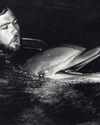
The Sea Specialist: An Interview With Bret Gilliam
Most people learn to crawl before they walk, but there is a man who learned to swim before taking his first steps. Diver, entrepreneur, writer, athlete, maritime specialist – Bret Gilliam is the complete package. Just add water.

The Best Of Diving In Southeast Asia: Explore The Amazon Of The Seas
Southeast Asia encompasses the world’s most biodiverse reefs and some of the best diving anywhere on the planet. From the tiniest and rarest critters to huge fish schools and the biggest pelagics, the region has it all, and there’s something to suit divers of any level.
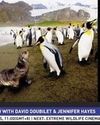
Below With David Doubilet & Jennifer Hayes
Best known for their work with National Geographic, David Doubilet and Jennifer Hayes came together to discuss their work with the youth, and, as Jennifer put it, “submerging with the emerging talent”.
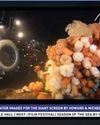
Underwater Images For The Giant Screen
Howard and Michele Hall are best known for their success in underwater IMAX filmmaking.
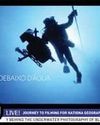
Journey To Filming For National Geographic Wild Brazil
Cristian is an acclaimed and highly versatile Brazilian wildlife filmmaker who works both underwater and topside.
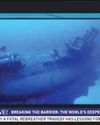
Breaking The Barrier: The World's Deepest Dive
David Strike shared a brilliant presentation about the history of deep diving and how Lt. George Wookey achieved the world’s deepest dive in 1956 using a surface-supplied rebreather.
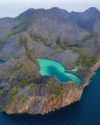
Dive the Golden Land
The Best of Diving In Southeast Asia

OFFICIAL LAUNCH OF BLUE HOPE
Top Session of the Week (14,319 (Views) / 42,831 (Reach)
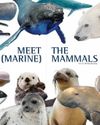
MEET THE (MARINE) MAMMALS
MEET THE (MARINE) MAMMALS

Fashion Faux Pas
What can be done to mitigate the impact of the garment industry on our oceans?